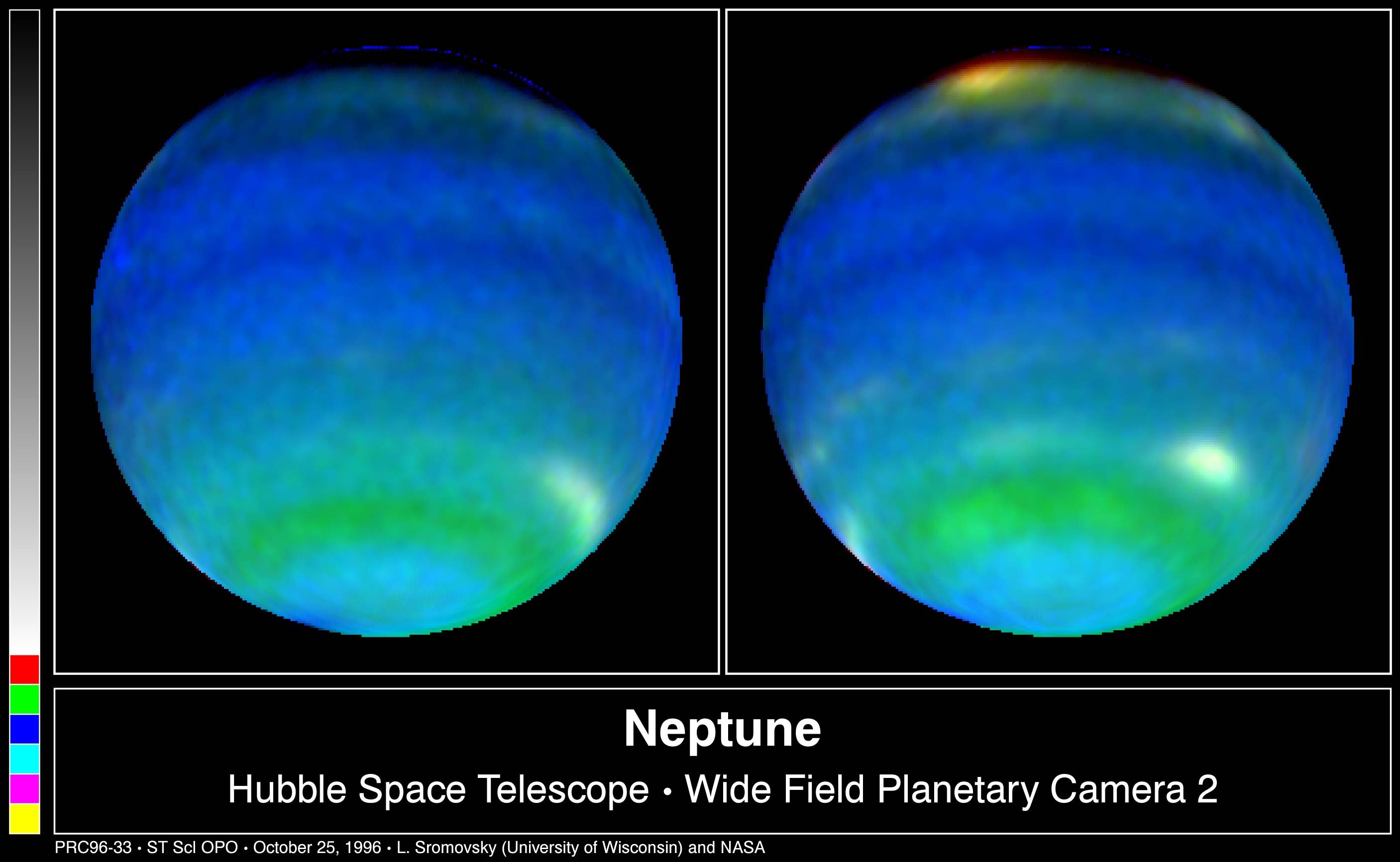The weather system on neptune is known as the strongest wildest and strangest system found on any planet in the solar system

The Weather System on Neptune: A Spectacular Marvel of the Solar System
 Image source: NASA APOD
Image source: NASA APOD
Neptune, the eighth and farthest known planet from the Sun, holds various mysteries for both scientists and stargazers. This captivating and enigmatic celestial body is most famous for its mesmerizing weather system, known as the strongest, wildest, and strangest system found on any planet in the Solar System. Let’s delve into the remarkable characteristics of Neptune’s weather and uncover why it stands apart from all other planets.
Neptune’s Atmosphere: A Playground of Extremes
Neptune’s atmosphere plays host to a dynamic and complex weather system that never fails to leave onlookers in awe. With wind speeds recorded as the highest in the Solar System, reaching up to an astonishing 1,500 miles per hour (2,400 kilometers per hour), Neptune is a tempestuous world, unleashing immense power in its gales. To put it into perspective, that’s more than twice the speed of the most violent tornadoes ever observed on Earth!
The Great Dark Spot: An Alluring Mystery
 Image source: Tall White Aliens
Image source: Tall White Aliens
One of the most captivating features of Neptune’s weather system was the Great Dark Spot, a colossal storm raging in the planet’s atmosphere. Comparable in size to Earth, this mysterious storm was first observed by NASA’s Voyager 2 spacecraft in 1989. However, upon revisiting the planet in 1994, when the Hubble Space Telescope was in operation, the storm had seemingly vanished, leaving scientists puzzled. While the exact nature of the Great Dark Spot remains elusive, its disappearance and subsequent appearance of other dark spots suggest a dynamic and ever-changing atmosphere on Neptune.
Methane and Its Colorful Influence
Neptune’s weather system also owes its captivating visual charm to the presence of methane in its atmosphere. Methane molecules absorb light in the red part of the spectrum, causing the planet to reflect a mesmerizing azure blue hue reminiscent of a sparkling gemstone. This characteristic coloration, combined with the swirling atmospheric features, grants Neptune a stunning and ethereal appearance, making it a subject of fascination for astronomers and celestial enthusiasts alike.
Dense Clouds and Frozen Crystals
Beneath Neptune’s upper atmosphere lies a layer of dense and turbulent clouds. These clouds, composed mainly of methane gas, create striking features amidst the vibrant blue backdrop. Additionally, the planet’s extreme cold temperatures, plunging as low as minus 346 degrees Fahrenheit (minus 210 degrees Celsius), lead to the formation of frozen methane and nitrogen crystals in the lower atmosphere. These crystals, suspended in the air, contribute to the ever-changing and diverse weather patterns observed on Neptune.
A Weather System Shrouded in Mystery
While significant advancements have been made in our understanding of Neptune’s weather, numerous mysteries still surround this captivating planet. Scientists continue to explore the reasons behind the unpredictability and intensity of Neptune’s atmosphere, shedding light on the factors that shape its colossal storms, distinct cloud features, and overall climate.
As we gaze at the wondrous celestial bodies in the night sky, Neptune stands out as an extraordinary marvel, showcasing a weather system unlike anything found elsewhere in the Solar System. Its fierce winds, ethereal blue hue, mysterious storms, and turbulent clouds keep scientists and stargazers captivated, fueling their relentless quest for knowledge about the enigmatic secrets within our cosmic neighborhood.
Sources: Nine Planets - Kids
Related Posts
Quick Links
Legal Stuff

